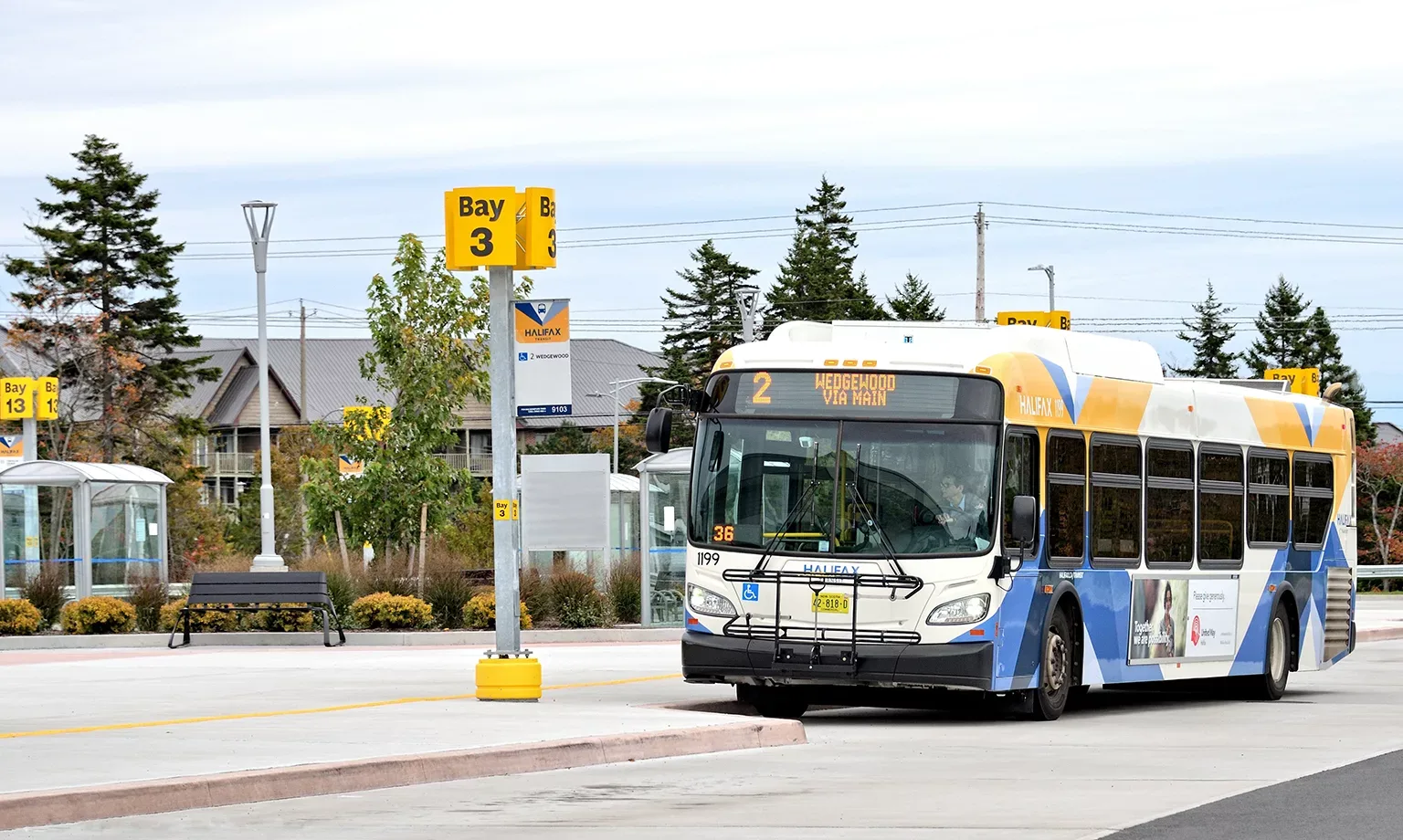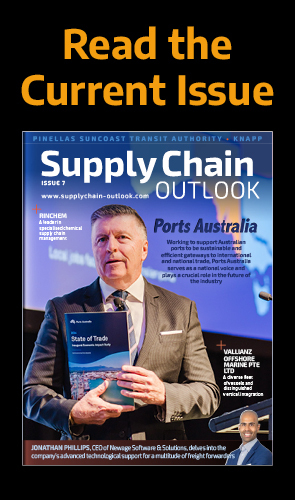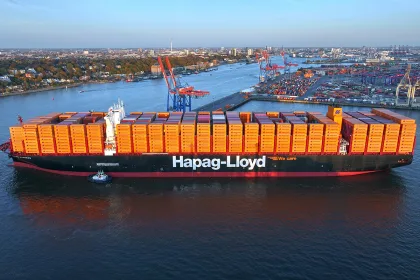David Reage, Executive Director of Halifax Transit, outlines how the municipality is investing to meet the demands of a net zero future and increasing ridership.
TRANSFORMING TRANSIT
As one of the fastest growing municipalities in Canada, Halifax boasts a rich local history, a vibrant culinary scene, and exciting events.
Tasked with providing public bus, ferry, and paratransit services in this spectacular coastal setting is Halifax Transit, whose roots can be traced back almost two centuries to the city’s early streetcar operators and the oldest saltwater ferry service in North America, which has been running since 1752.
By 1981, Halifax’s three transit operators at the time had combined into one regional collective; today, the organization is coming full circle, according to Executive Director, David Reage.
“When you look back, we used to have a large, electrified fleet of streetcars and trolley buses. Now, electric buses are making a return, and we’re looking at some electric ferries as well,” he reveals.
Electric vehicle (EV) technology is a major shift for Halifax Transit, as it is embracing one of the biggest challenges in the history of its operations with significant investment.
“Electrifying the fleet is certainly a major investment, and we’ve been fortunate to receive significant funding to make that happen. Everything about electric buses is more expensive and more complicated, so we really couldn’t do it without that support from the senior orders of government,” Reage recognizes.
Hydrogen fuel cell technology, meanwhile, is emerging as the next big development in EVs and something that Halifax Transit envisages being a big part of its future fleet; however, work is still ongoing to understand the right mix of buses.
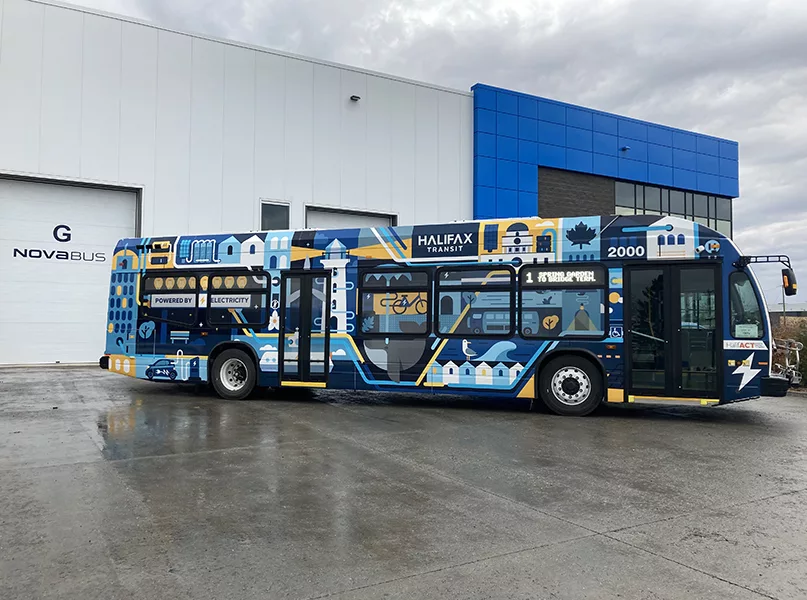
Although recognizing the importance of technological advancements such as EVs and hydrogen amid the transition to a net zero future, Reage acknowledges that diesel buses still remain a relatively clean environmental option in the meantime compared to other modes of transport, such as cars.
“It’s important to remember that many diesel bus passengers would otherwise be driving their own cars. Diesel buses have been painted in a bit of a negative light, but they are relatively low emission.”
INCREASING RIDERSHIP
Public transportation ridership may have plummeted in Canada and around the world during the COVID-19 pandemic, however, it also proved the core value of transit systems for essential workers.
Halifax Transit was there to transport frontline workers and other passengers to their places of work, critical medical appointments, and grocery stores.
The pandemic proved how crucial public transportation services are in society, and once restrictions on movement were lifted, passengers returned to transit systems for their transportation needs.
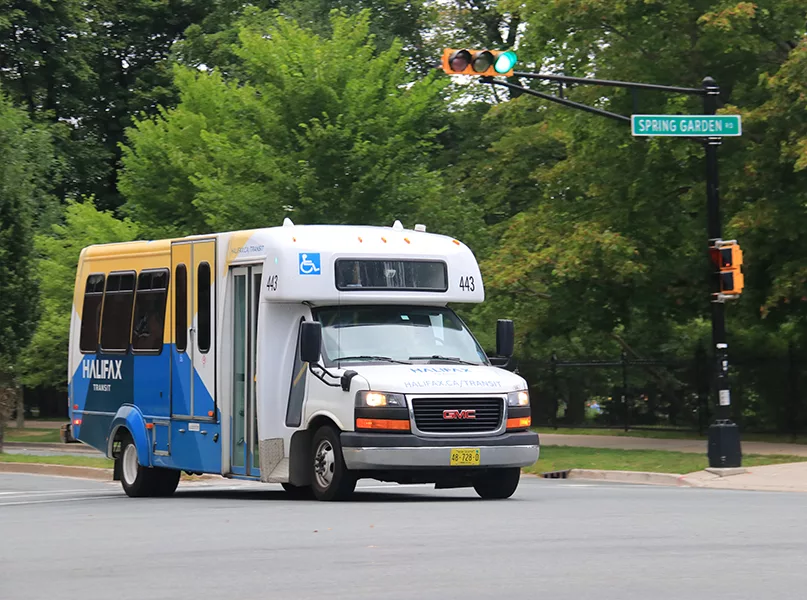
“Suddenly, everybody came back at once, and on the flip side, we quickly became overloaded,” states Reage.
In the near term, Halifax Transit is making the requisite adjustments to deal with this surge in ridership, adding services to existing routes.
Longer term, the city of Halifax is growing to the point where merely adding buses to existing routes is insufficient for dealing with rapidly increasing demand.
As a result, it is exploring ways to accommodate greater passenger loads, such as additional ferry and bus rapid transit (BRT) routes.
“We have a Rapid Transit Strategy (RTS) that is the blueprint for everything. RTS proposes three new ferry services and a network of BRT routes, which are high-capacity, high-frequency, and a step above what we offer today,” Reage outlines.
The three new proposed ferry routes will provide direct connections between downtown Halifax and new terminals at Mill Cove, Larry Uteck, and Shannon Park. These routes would provide reliable service with travel times faster than the same route by bus or car.
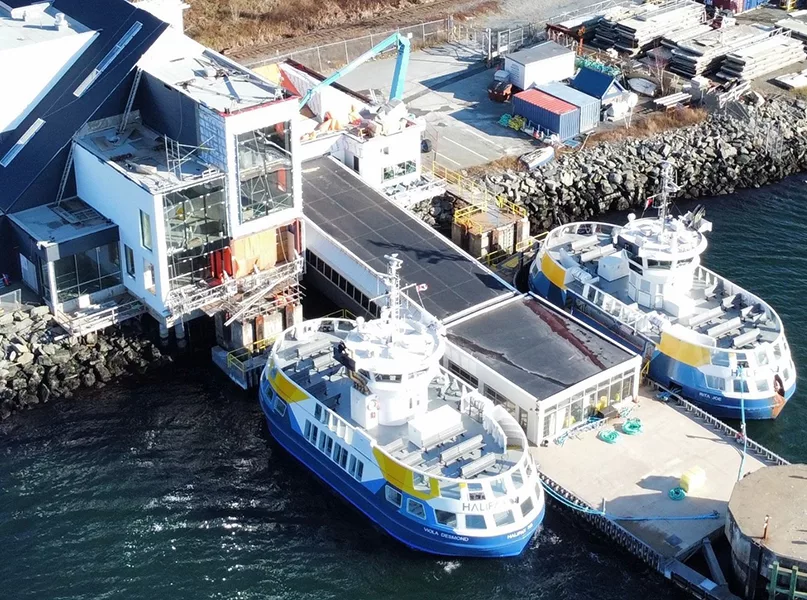
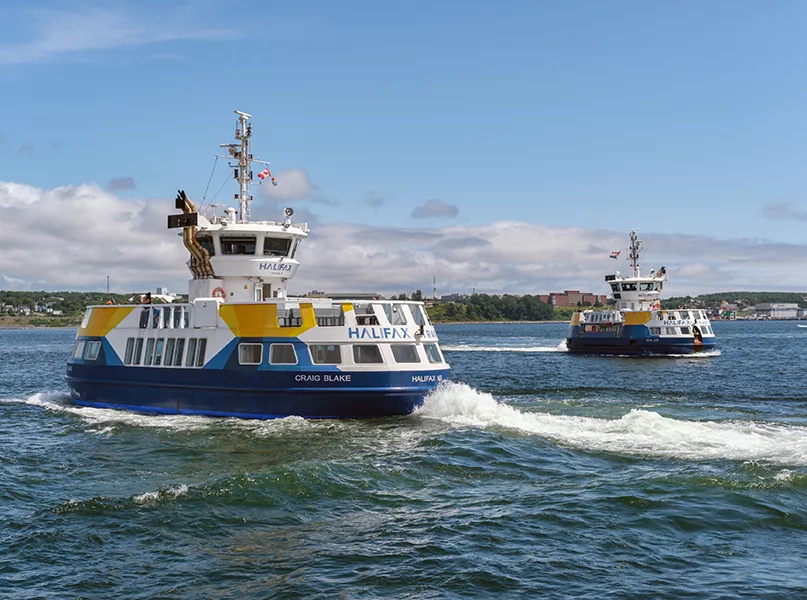
The proposed BRT lines, meanwhile, will be within walking distance of approximately 120,000 residents, helping to create complete communities by orienting land use towards transit and reducing the need to invest in road expansions.
In turn, complete communities contribute to improved public health through higher rates of walking, rolling, and cycling in conjunction with transit use.
RTS therefore also sets a direction for land use policy, which is near and dear to Reage’s heart given he is a planner by profession with expertise in this area.
“As a municipality, it’s about working closely with our land use planning department to make sure that people moving here have the option to use transit rather than driving cars and causing congestion.”
UNPRECEDENTED INVESTMENT
Alongside RTS, Halifax Transit is also working to replace the Burnside Transit Center, which is the primary bus storage and maintenance facility for the transit system.
The center will be replaced with a larger net zero facility to support a faster and more reliable public transit experience.

When complete, the project will provide increased capacity and better access to public transit in Halifax, including clean energy transportation.
“The new Burnside Transit Center will be almost double the capacity, setting us up for growth but also the greening of the fleet with chargers for electric buses and potentially fueling systems for hydrogen buses,” Reage details.
The total amount of proposed capital being put into these projects is approaching CAD$1 billion, which is by far the biggest investment that the municipality, along with the provincial and federal governments, has ever made into the Halifax transit system.
“It ties back to the environmental goals surrounding greenhouse gas (GHG) reduction, but also keeping up with our massive population growth,” states Reage, who having been in his current role for eight years has also witnessed the implementation of digital technologies that benefit locals and tourists.
For example, Halifax Transit has integrated real-time data to provide accurate bus timings, as well as automated stop announcements for those who have visual impairments or aren’t familiar with the area.
Electrifying the fleet is certainly a major investment, and we’ve been fortunate to receive significant funding to make that happen.
David Reage, Executive Director, Halifax Transit
In November, the municipality also launched HFXGO, a fare payment app that allows passengers to purchase tickets and passes directly from their smartphone or mobile device, eliminating the need for paper tickets and fumbling for loose change.
“These are the kind of things that remove barriers and make it easier to use transit,” he affirms.
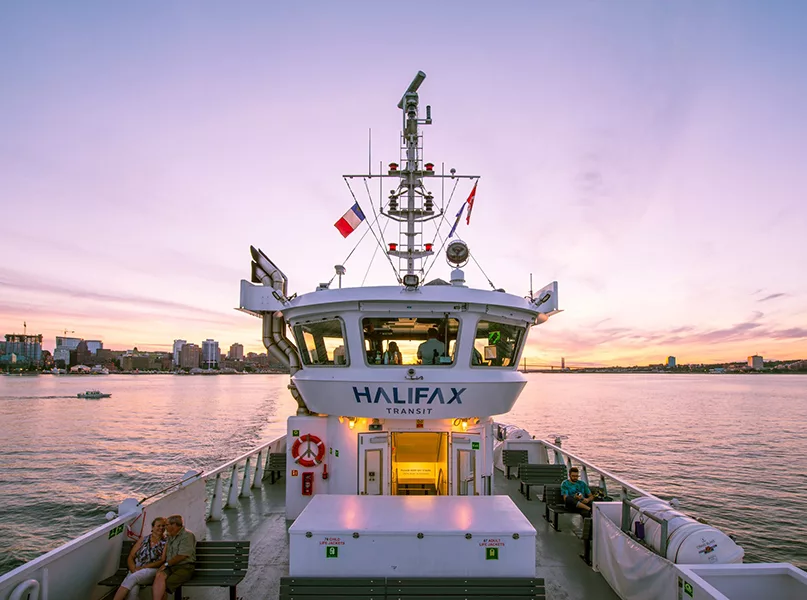
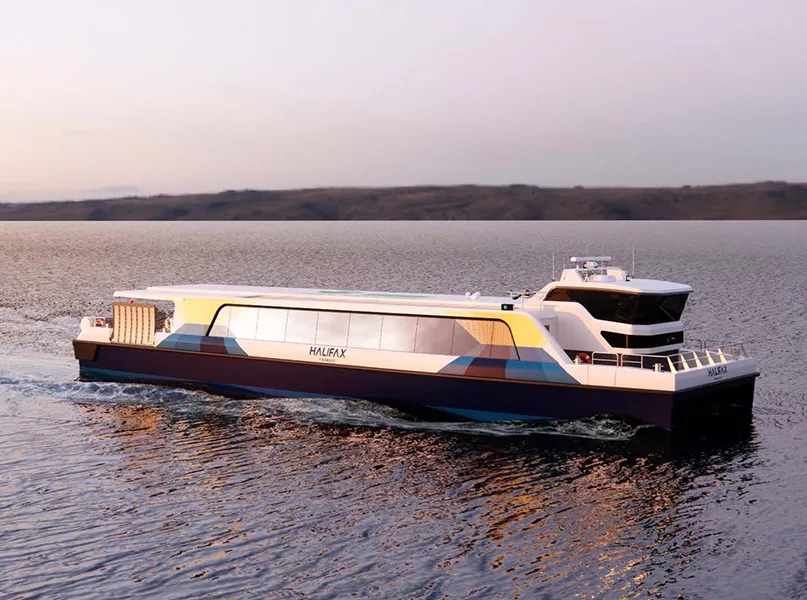
DIVERSE WORKFORCE
As Halifax has grown and become more diverse, it is highly important to the municipality that its workforce is reflective of the community it serves.
“I’m proud of the diversity of our workforce, and we’re making a lot of headway in that area,” acclaims Reage.
Halifax Transit equally ensures that its staff work in a safe environment and emphasizes the importance of their roles in allowing people to live their lives.
Indeed, people rely on the municipality to perform everyday tasks such as going to work, attending medical appointments, and visiting grocery stores.
“Teaching someone to drive a bus is the easy part; it’s about how you interact with people. In some cases, a bus operator will be the first person someone sees in the morning on their way to work or the last person they see at the end of the day,” Reage says. With this positive mindset instilled throughout the entire workforce, Halifax Transit is poised for a transformational year.



